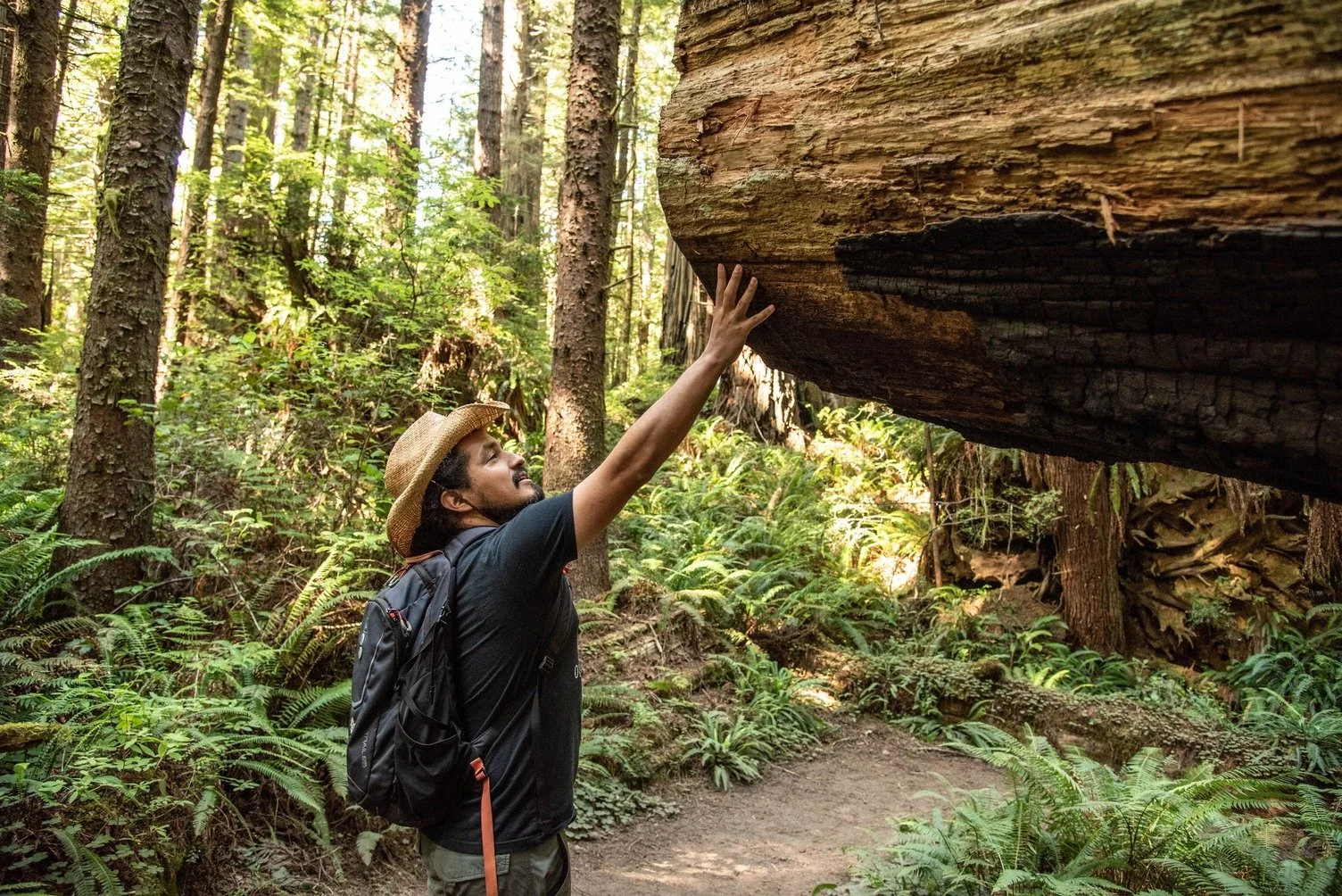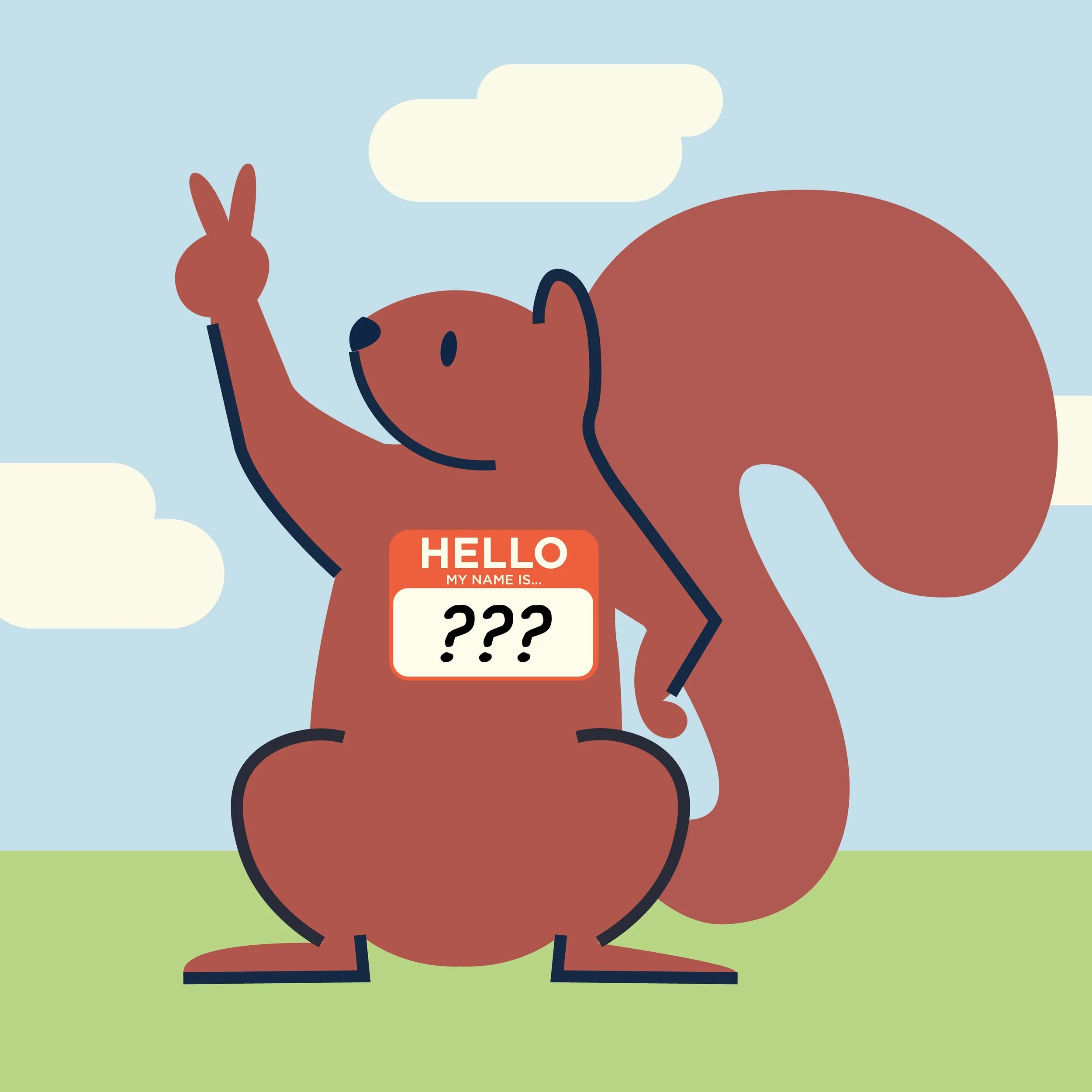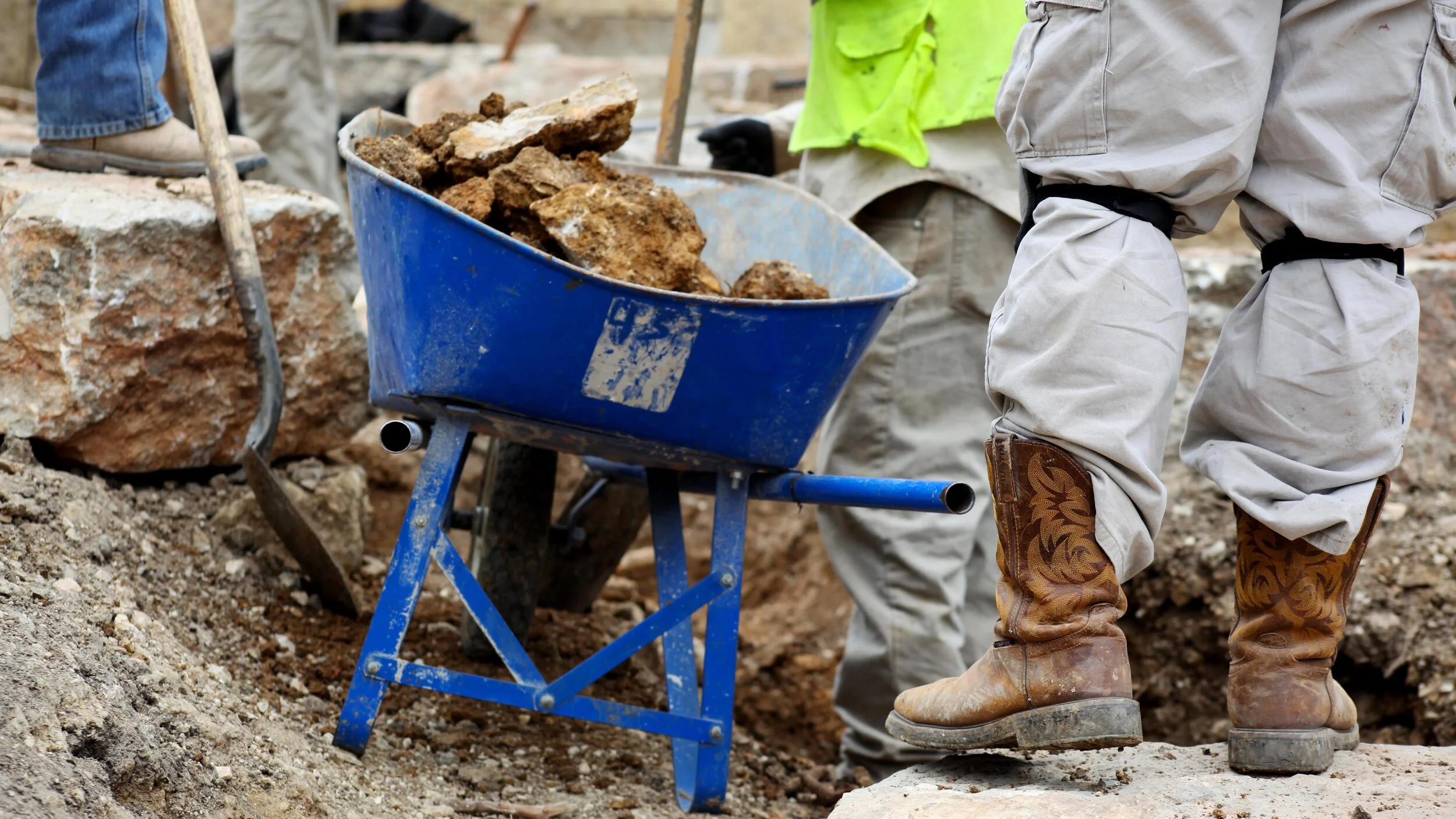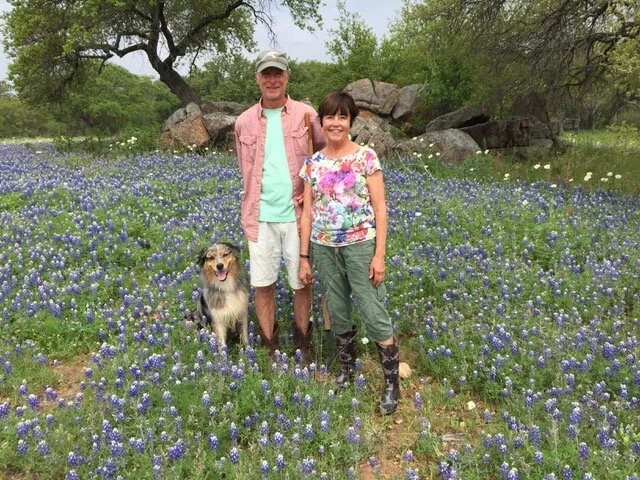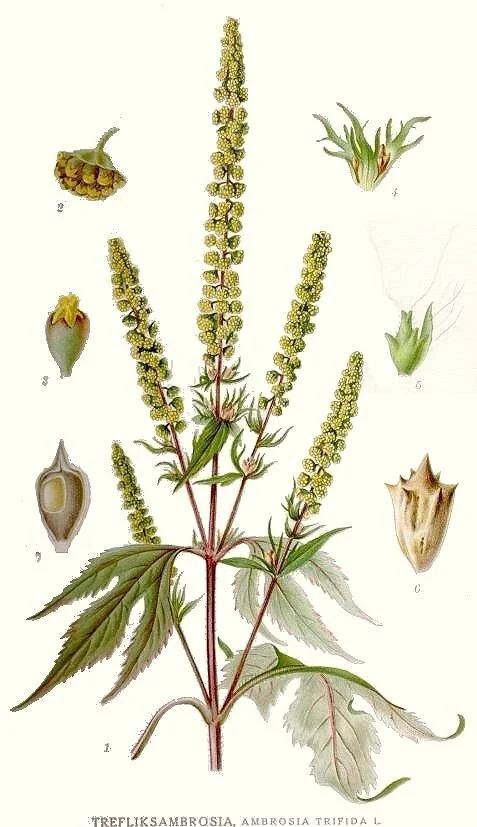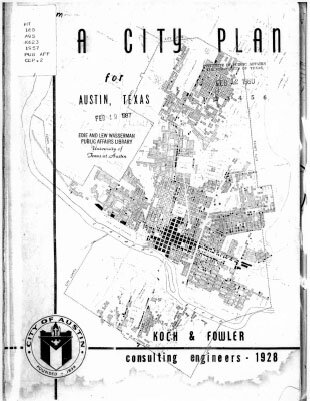This series highlights decisions made with sustainability in mind during implementation of the Pease Park Vision Plan. Pease Park Conservancy is committed to the long term sustainability of the park’s ecology and biodiversity, as well as the sustainability of our local community.
Help Name the PPC Squirrel!
The iconic Pease Park Conservancy squirrel - our mascot - needs a name! We are looking to our community for creative name ideas. Submit your ideas throughout the month of August and we will announce the winning name in September!
Ribbon Cutting at Kingsbury Commons
Juneteenth
Although the Emancipation Proclamation had been issued by President Abraham Lincoln in 1862, enslaved people in Texas were not told of their freedom until June 19, 1865.
Juneteenth - also known as Emancipation Day or Freedom Day - is the oldest known African American celebration commemorating the end of slavery.
Request For Proposals
Pease, Love, Pride: Pride Month T-shirts Now Available
Meet the Kingsbury Commons Crew
The renovation of Kingsbury Commons - the recreational heart and cultural soul of Pease Park - is nearly complete and we will soon introduce the masterfully crafted amenities to the Austin community.
This incredible transformation would not have been possible without the work of the crew members who contributed their expertise to this project.
Photo Credit: Rosy Campanita
From Ragweed to Riches
Back in 2019, the former disk golf course, now the Caswell Trail Meadow, was overrun by ragweed. The thicket was so dense, if you hadn’t been to the other side of the park you wouldn’t know it was ever there. Every square foot of the area was covered in massive ragweed plants, so large they engulfed the young saplings that had been planted just months before.
DIY Hedge Parsley
Torilis arvensis, also known by its common names ‘Hedge Parsley’ or ‘Spreading Parsley’ is an invasive flowering plant that grows in a variety of conditions, but is especially found within disturbed sites. Hedge Parsley prefers full sun, mesic to dry conditions, and often grows in soil containing limestone gravel. It matures quickly during the growing season, produces flowers and seeds, and then dies.
Earth - From Afar and Close Up
Women's History Month: Starla Simmons
Anecdotally, we all feel how therapeutic it can be to be outside in nature. Even if you just take a short walk in your neighborhood when you are feeling stressed, it can do immediate wonders for your mental health. Starla Simmons, LCSW, Clinical Assistant Professor and Field Liaison at the School of Social Work, has the evidence and experience to back up this intuition around the connection between time in nature and our mental health.
Women's History Month: Jill Nokes
Women's History Month: Rocio Villalobos
An advocate, an agitator, and a mentor, Rocio Villalobos is inspiring and driving positive change for Austin in terms of social justice and equity. She also has experienced and continues to enjoy the healing power of being in the outdoors. The convergence of these two passions makes her truly special for our community and invaluable as an advisor to our team at Pease Park Conservancy.
Spring is Here!
Women's History Month: Christy Ten Eyck
Litter Pickup: DIY Volunteering
ABOUT LITTER IN THE PARK
It is vital that we keep Pease Park free from debris in order to maintain the health of our urban watershed. All living things in the world benefit immensely from watersheds, and regardless of location, exist and interact daily with one. Watersheds are areas of land that vary in size but share the common purpose of draining water to rivers and creeks and eventually to larger bodies of water such as lakes and oceans. Pease Park parallels Shoal Creek, a stream and urban watershed that continues south and flows into Lady Bird Lake which eventually empties into the Colorado River, from which much of Austin receives its drinking water! It is important to maintain the health of all watersheds and free them of debris, as a healthy watershed is responsible for improved water quality, carbon storage opportunities, providing nutrients for plants, increased resilience to climate change threats, reduced drinking water treatment and infrastructure costs, and reduced flood mitigation cost.
Litter is just one cause of urban watershed degradation, but is something we’re hoping our DIY volunteers can help us combat! Texas Disposal systems define litter as the improper disposal of waste products. Littering can happen intentionally or unintentionally, but both have environmental consequences. In a study by Keep America Beautiful, researchers found that the most littered items include: cigarette butts, food wrappers, plastic bottles, disposable cups, grocery bags, straws, beverage cans, tire and vehicle debris. The health of Pease Park, its frequent visitors, and the surrounding community are vulnerable to the negative impacts of litter. Litter is often linked to air, water, and soil pollution, leading to contamination of our air and water resources as well as a hazard to wild and domestic animal populations
LITTER CLEANUP INSTRUCTIONS
When picking up litter, it is recommended that you wear thick, gardening gloves, but any plastic glove will also do. Make sure to use a disposable bag that you can tie and dispose of properly beside or in any park trash can when finished. Litter pickup sticks can also be really helpful, as they are designed so that you can grab litter without bending down or touching it with your hands. Check out our Do’s and Don’t list below for further instructions on our DIY litter pickup event.
Map of trash cans in the park
WAYS TO MAKE LITTER CLEANUP FUN
#1 TRACKING YOUR IMPACT BY USING THE APP ‘LITTERATI’
One way that we recommend making litter pick up a bit more fun is by downloading the app Litterati, an app that is empowering individuals to make a significant, measurable impact on the environment. Much like we use apps to track our steps, Litterati can be used to track litter pick up in order to help individuals stay motivated, see their direct impacts, and challenge friends to do the same!
There are six easy steps while using the app:
Photograph a piece of litter.
Find a discarded coffee cup, crushed soda can, candy wrapper, or any other piece of litter & take a picture.
Discard Properly & Tag the Photo.
The app automatically geo-tags the image & the LitterAI tool recommends tags for what kind of litter it is. Confirm the tags to help the LitterAI keep learning.
Make sure to properly dispose of litter using the recommended ‘Do’s and Don’ts’ list below.
Invite or Challenge Others.
Want to collaborate (or compete) with others to help keep your street, neighborhood, school grounds, or city clean? Litterati can help you team up!
After you make your profile, make sure to join Pease Park’s litter pickup challenge by using our 2021 DIY challenge code 802865!
Use LitterData to Inspire Change.
Litterati members all over the world have been able to use LitterData to get companies, organizations, and governments to create positive environmental policy changes. You can too!
Grow your impact.
Watch over time as your personal impact, the impact of your local community, and the worldwide Litterati team grows to make the Earth clean, healthy, & beautiful.
Share your impact.
While everyone else shows off their vacation pics, and what they ate for dinner, spread the word about the positive impact you're contributing to the planet.
Use our hashtag #PeaseDIY and tag us @peasepark on Instagram to share your litter cleanup photos. Connect virtually with other volunteers and create challenges with each other!
Where To Download
#2 PLOGGING
”Plogging” is a movement started in Sweden in 2016 that adds to the growing list of creative ways to help solve our plastic problem. A combination of jogging and plocka upp, Swedish for “to pick up,” plogging entails jogging and quickly stopping to pick up trash while you go.
Ploggers typically bring gloves and a trash bag, and as they see litter while jogging, they simply pick it up. If you’re not much of a jogger, that’s okay! With plogging, the idea is to simply get you outside, as any sort of exercise while picking up litter is beneficial to not only you, but the environments that you are helping to clean up. You can go plogging on your morning strolls, walks, jogs, runs, or even while walking your dog. Overall, we want volunteers to just have fun being outside and connecting with nature. And because we sadly can’t be plogging together right now, we encourage volunteers to connect with us virtually. Tag @peasepark on instagram and use the hashtag #PloggingAtPeasePark to see and connect with other local ploggers!
Check out this helpful NBC article for more information on Plogging!
DO’S AND DON’TS
Here’s a quick list of some “Do’s and Don’t’s” when picking up litter in the park.
Do:
Do practice safe distancing at all times & wear a face covering and gloves
Do wear long pants and closed-toed shoes if going off trail
Do watch out for, and avoid, Poison Ivy - “Leaves of Three, Let It Be”
Do wear sunscreen and stay hydrated
Do dress appropriately for the weather
Do pick up common litter items such as Cigarette butts, Food wrappers, Plastic bottles, Disposable cups, Grocery bags, Straws, Beverage cans, Tire and vehicle debris
Do properly dispose of litter
Don’t:
Don’t take any action that jeopardizes your health & safety, or the health & safety of others
Don’t leave gloves, trash bags, or other items in the park
Don’t pick up hazardous items such as broken glass, razor blades, syringes, hazardous household products, dead animals, condoms, all unlabeled jugs, bottles, and drums, etc. (if you find hazardous items in the park please report to the city by calling 3-1-1, or emailing us.)
Don’t approach encampments in the park
STAYING CONNECTED
We love to see what our volunteers are up to! Follow and tag @peasepark on Instagram with your before and after photos of your DIY volunteer contribution of litter cleanup, or even cool flora and fauna that you come across, selfies, pictures of your dog, etc. Make sure to also use the hashtag #PeaseDIY to connect with and see what other volunteers are up to!
Ragweed and Stickseed: DIY VOLUNTEERING WHILE SOCIAL DISTANCING
Pease Park could use your help. Since we’ve been social distancing, we haven’t been able to host our annual volunteer events in the park. We’re asking our volunteers to help curb some of the Ragweed and Stickseed that has popped up in Pease Park while also maintaining a safe distance away from each other.
About Ragweed
Ragweed is a native but aggressive species found all over Central Texas. If you have allergies in the fall, Ragweed is most likely the culprit. A single plant can produce up to 1 billion pollen grains. These grains are very lightweight and float easily through the air, blanketing most of Austin every fall. Moreover, as the planet warms due to climate change, we’ve seen the pollen season of this plant start earlier every year. The increasing temperature also increases the amount of pollen each plant produces. So, it is vital that we work in the spring to reduce the amount of Ragweed in the park. Please note that if you are a fall allergy sufferer, we recommend using an abundance of caution when interacting with this plant. Pollen isn’t produced until the fall, but we’d like everyone to be overly cautious. If your allergies are severe, we recommend picking up litter instead.
Ragweed is an annual plant that grows and spreads quickly, taking up huge swaths of parkland and preventing other more desirable plants, such as pollinators and trees, from taking root. Typically in the spring when the Ragweed is just starting to sprout, Pease Park Conservancy leads volunteers in a Ragweed pull throughout the park. Because Ragweed doesn’t produce seeds until late in the Summer, it can be pulled and dropped in place until then. Once pulled, Ragweed will naturally decompose and add nutrients to the soil. In lieu of our normal volunteer events, we hope you will help us by pulling some Ragweed on your morning walk or afternoon jog!'
ABOUT Stickseed
Hackelia virginiana, more popularly known as Stickseed or Sticktight, is a common food source for quail and deer, is pollinated by bees, and is a larval host to several butterflies. However, in home gardens and public parks, such as Pease Park, it can be a menace. Stickseed is often described as a velcro-mimicking weed that sticks to your shoes, socks, and your dog's fur. Because they are tiny and sticky, Stickseed seeds are incredibly difficult to remove from clothing and fur. For these reasons, this DIY volunteer activity will focus on removing Stickseed from the park
Stickseed relies on “hitchhiking” to disperse its seeds and spread its growth. The white flowers produce small hook-like seeds on the pods that they grow. The hooks attach themselves and travel with people and animals to other destinations until they fall or are pulled off. Because of this, Stickseed will germinate readily and can become weedy, sometimes overtaking lawns and flower beds.
REMOVAL
Stickseed and Ragweed should ideally be removed in spring and early summer before the flowers go to seed. In areas that are not mowed, Stickseed can be removed by hand. In loose soil, this plant can be dug or pulled out. If it has already come to seed, all parts of the plant should be carefully collected in a plastic bag that can later be disposed of properly. These steps ensure that the seeds are not spread further. If the soil is too compacted to pull the Stickseed up, shears can be used to cut the plant at its base.
Ragweed can be pulled or cut in the spring. Once the plants get larger than a few feet and the summer heat begins to dry out the soil, pulling may become too difficult and the Ragweed will need to be cut. This can be done with a pair of hand shears or with loppers. Any Ragweed you cut or pull can be dropped and left where it was removed, as long as it hasn’t gone to seed (seeds generally appear in the mid to late summer). The plant will act as mulch and decompose into the soil. Just please make sure any Ragweed stocks are clear of the trail.
Helpful Tips:
Avoid wearing any type of fleece or denim as these materials act like magnets for the seeds of the Stickseed. Try instead wearing nylon or corduroy.
Any tool that will scrape the seeds from your clothing is sufficient to help you remove Stickseed, but the tool that will work the best is either a butter knife or a small pocket comb.
Clean off shoes and clothes of any seeds before traveling to other locations and dispose of the seeds in the trash.
The bag that you use to collect Stickseed can also be used to collect litter!
Check out our video tutorial on ragweed removal below:
The map below shows where Stickseed and Ragweed are most commonly found in the park:
DO’S AND DON’TS
Here’s a quick list of some “Do’s and Don’t’s” when pulling Ragweed or Stickseed in the park.
Don’t:
Don’t take any action that jeopardizes your health & safety, or the health & safety of others
Don’t make a pile of Ragweed (please, do leave it where you pulled it)
Don’t leave gloves, trash bags, or other items in the park
Don’t pick up hazardous items such as broken glass, razor blades, syringes, hazardous household products, dead animals, condoms, all unlabeled jugs, bottles and drums, etc. (if you find hazardous items in the park please report to the city by calling 3-1-1, or emailing us.)
Don’t approach encampments in the park
Do:
Do practice safe distancing at all times & wear a face covering and gloves
If you go off-trail, do wear long pants and closed-toed shoes
Do watch out for, and avoid, Poison Ivy - “Leaves of Three, Let It Be”
Do wear sunscreen and stay hydrated
Do pull or cut Ragweed and drop in place, avoid piling it up
Do properly dispose of litter
Do use caution when handling Ragweed - it is an allergen
STAYING CONNECTED
We love to see what our volunteers are up to! Each spring we are able to host large volunteer events at the park to connect with each other and our environment. Though our volunteer activities look a little different this year, we still want to see and interact with you all. Follow and tag @peasepark on Instagram with your before and after photos of your DIY volunteer contribution, whether it be Ragweed and Stickseed removal, or even cool flora and fauna that you come across, selfies, pictures of your dog, etc. Make sure to also use the hashtag #PeaseDIY to connect with and see what other volunteers are up to!
Black History: “Austin City Plan of 1928” - Segregation of the City
The “Austin City Plan of 1928” was adopted by the Austin City Council to address the “Negro Problem”. At the time, Austin’s city leaders claimed that providing “separate but equal” facilities and services in multiple communities across the city was too expensive. Enforcement of the City Plan included termination of city utilities in order to force Black residents to leave neighborhoods like Clarksville, and move east.
March 3rd Trail Closure
Starting next Wednesday, March 3rd, construction work will result in the temporary closure of: the pedestrian bridge at 15th Street, access to the trail behind the construction trailer, and the full length of the eastern trail from the pedestrian bridge on the south to the low-water crossing at the north end of Kingsbury Commons




